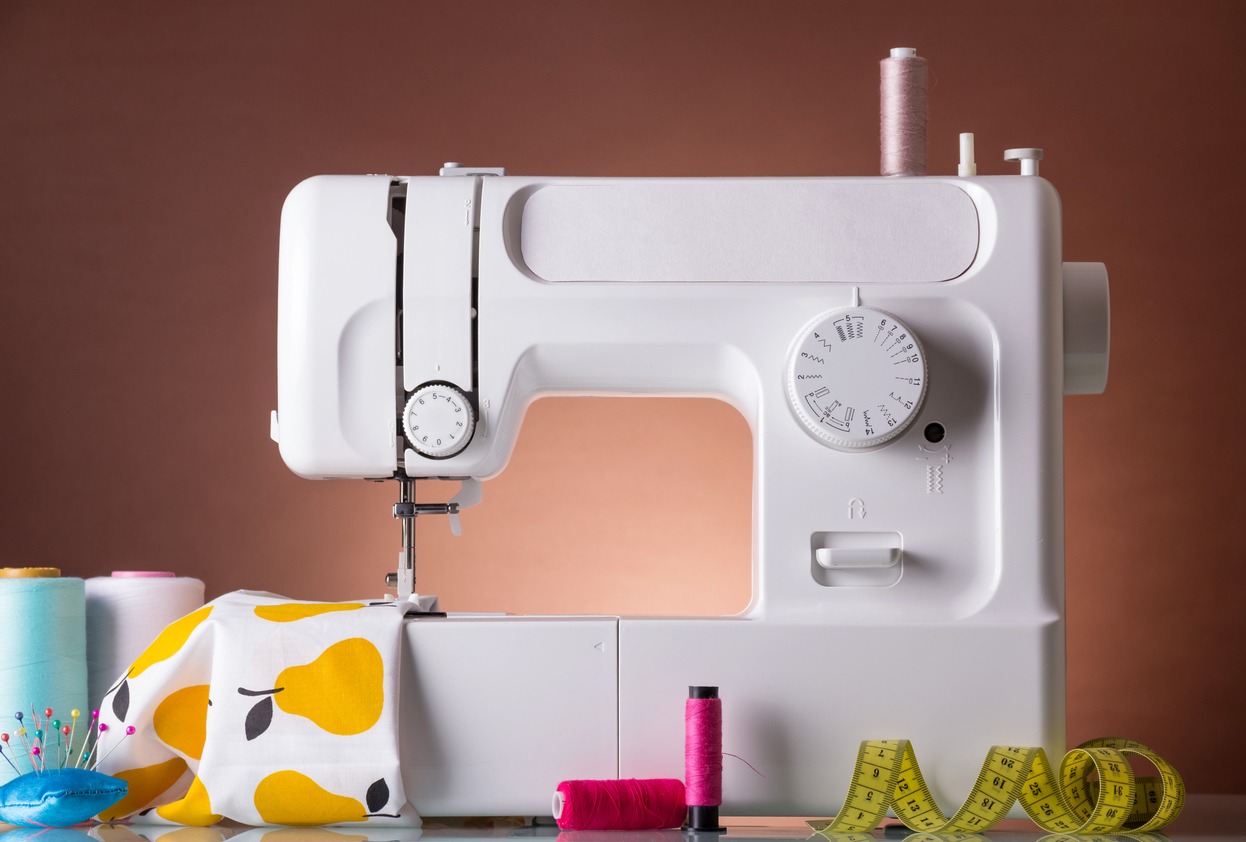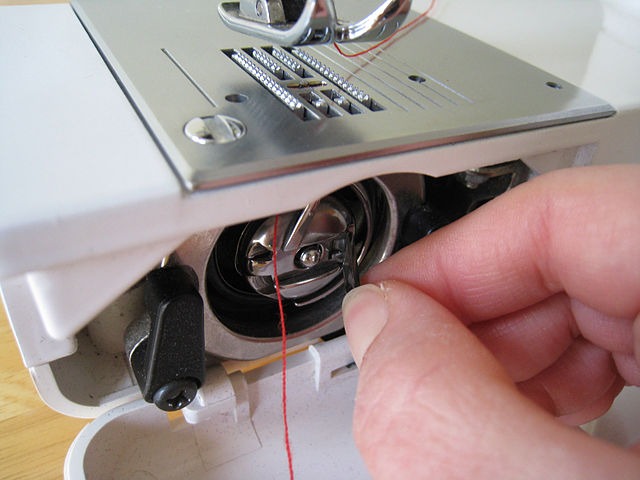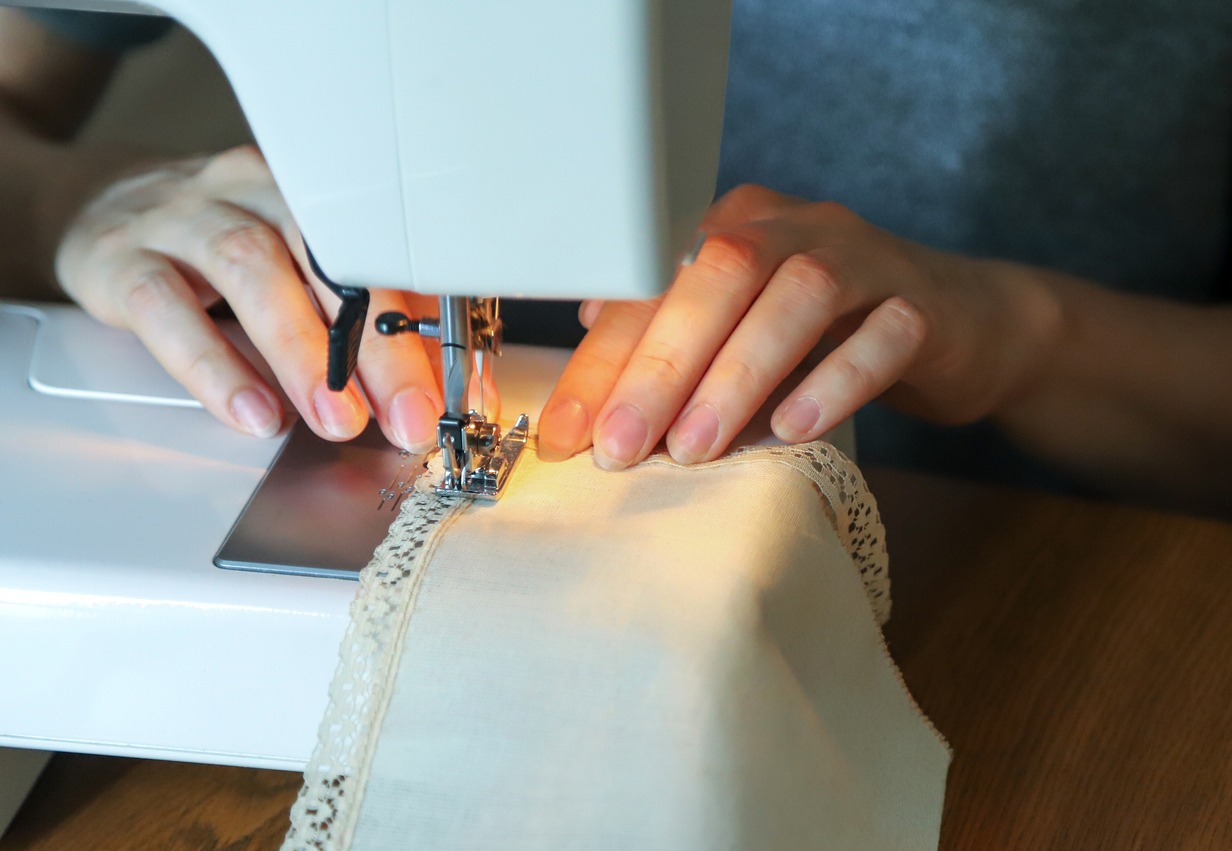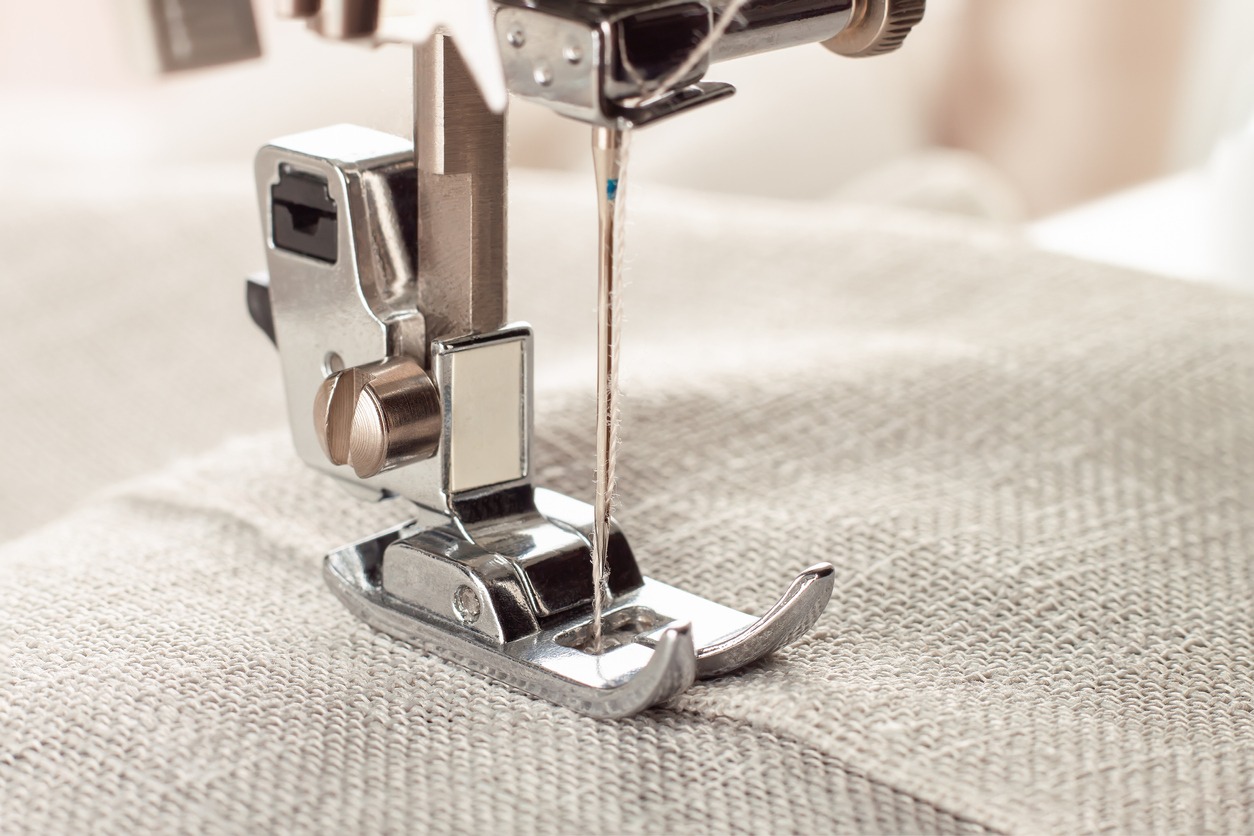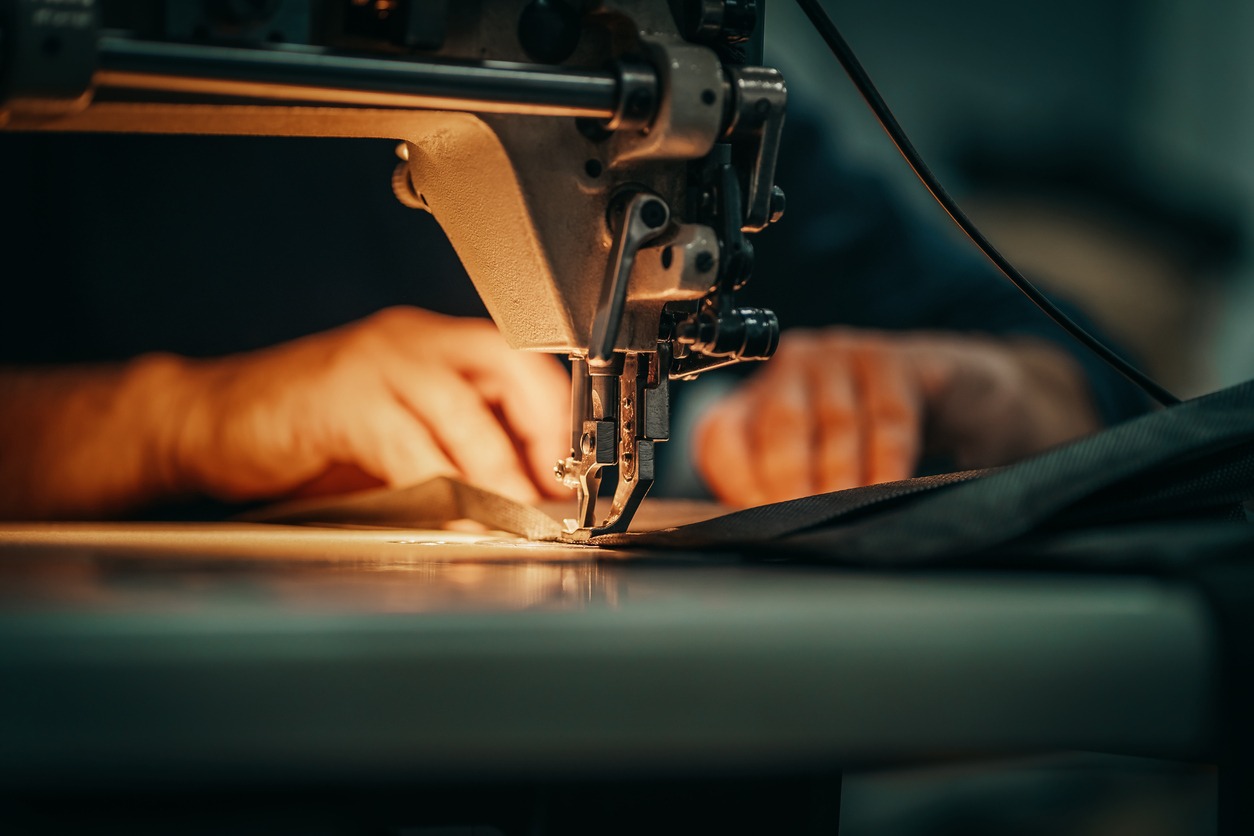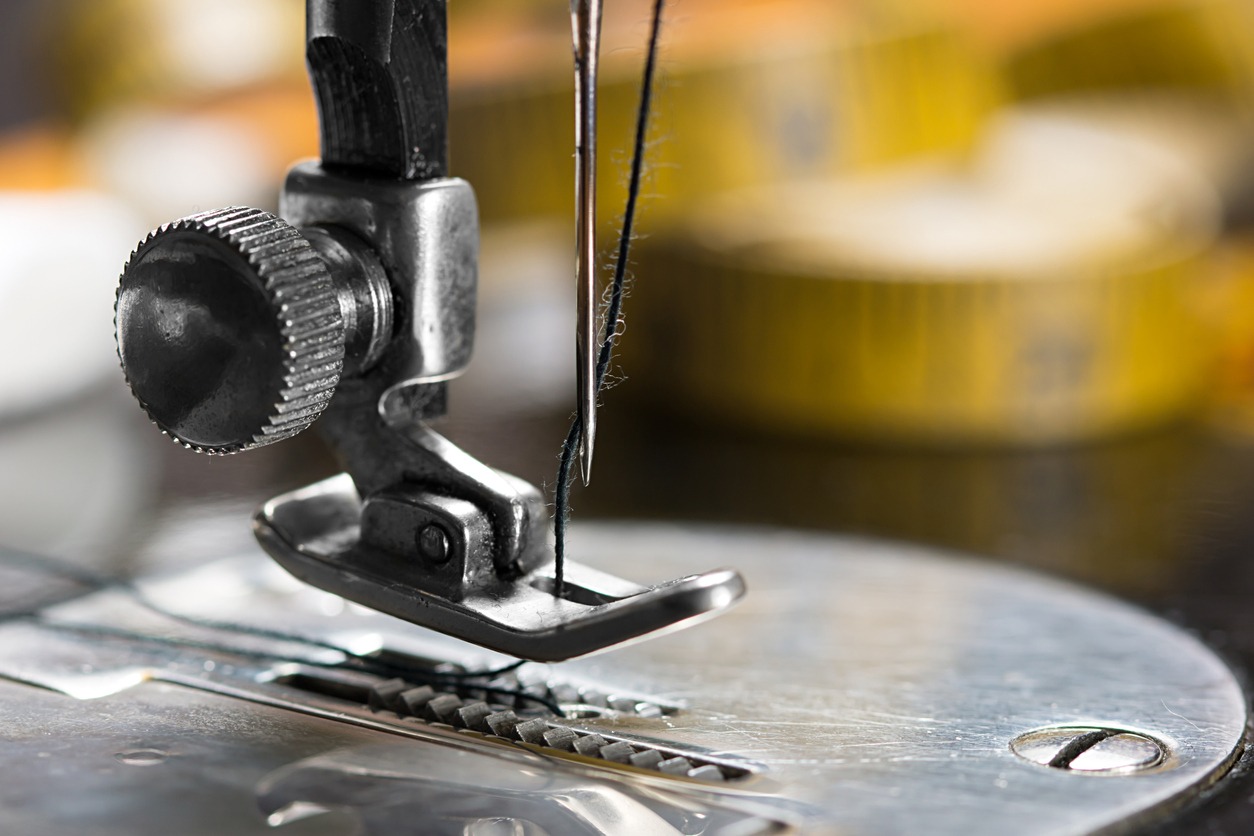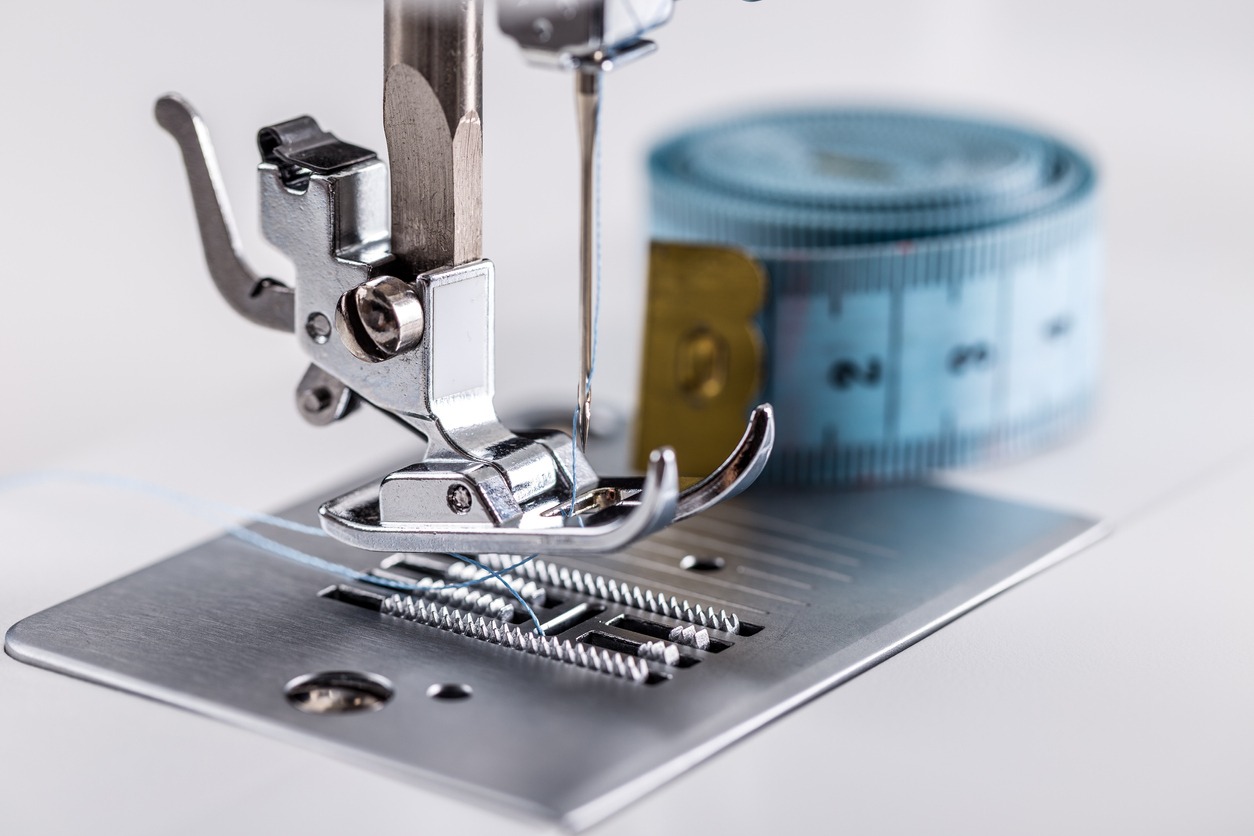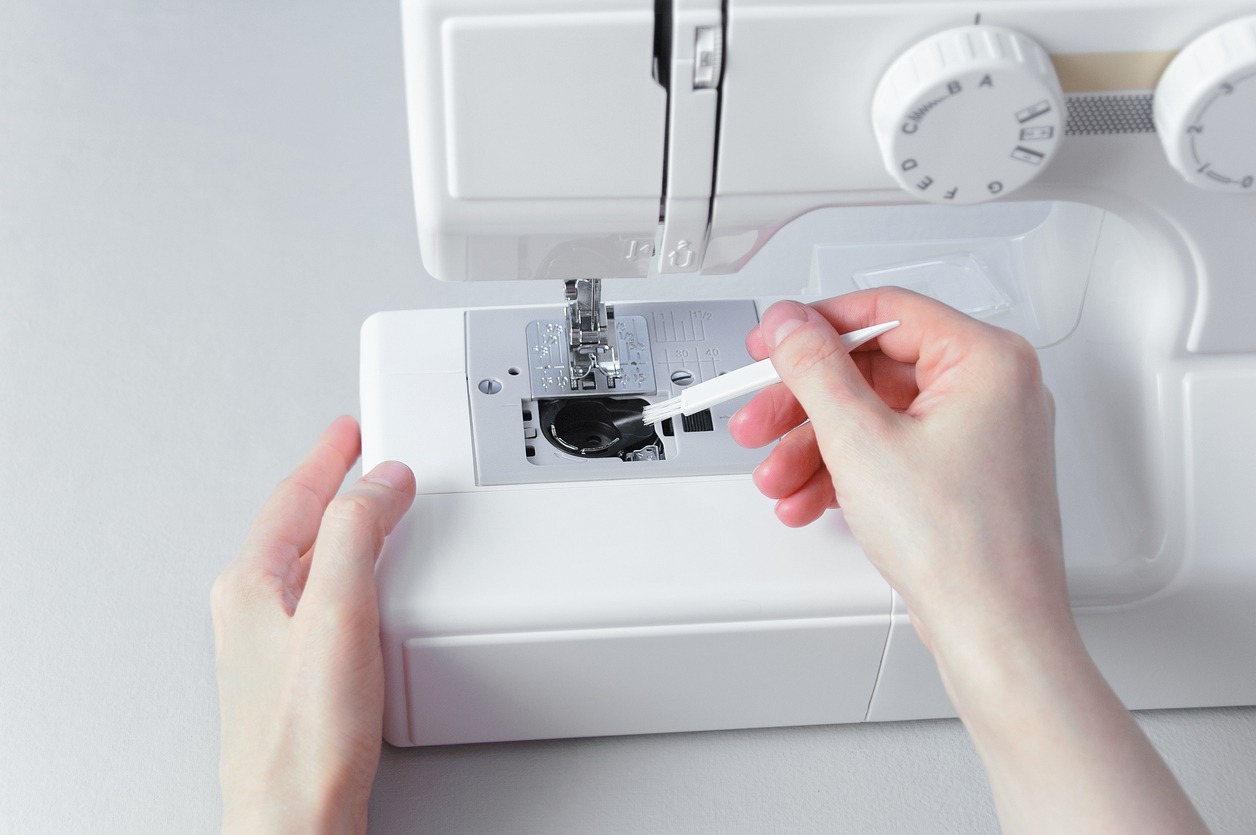A sewing machine plays a vital role in the garments manufacturing industry. It’s also an essential appliance in your home, especially if you sew a lot of stuff.
All sewing machines are different. The more modern computerized sewing machines have unique features such as the power switch and LCD menu screen. However, most sewing machines have the basic features that are similar from one model to another. The features may seem complex and intimidating at first, but once you get to know their functions, you’ll realize how simple and uncomplicated they are.
This article serves as a handy reference to identify the different components of a sewing machine. Again, all sewing machines are different but most have pretty much the same basic features. Similar information can be found in your model’s manual if you still have it. But if you’ve lost it, you still can find manuals available online if you happen to use an older model.
The basic components of a sewing machine
Bobbin and bobbin case – The lower thread is wound onto a low spool, which is the bobbin. The bobbin and the needle thread are looped together, making up the underside of a machine stitch.
The bobbin case holds the bobbin. Tension is provided to the bottom thread by way of the bobbin case. When the needle thread is pulled around the bobbin case, it wraps around the bobbin thread and drags it up through the needle plate.
Bed – The bed is basically the work area. It’s sometimes called an “arm.” The sewing machine’s flat section provides stability to the machine and a space where you can place your projects. Some specific types of sewing machines (such as quilting machines) have extended beds to accommodate larger swaths of fabric as they’re being worked on.
Presser foot – The presser foot applies pressure to the fabric and holds it in place on the feed dog. It provides support for your sewing machine as you work. Your machine’s lever serves as its control.
The presser foot’s position may vary depending on the type or model of a sewing machine. Presser foot types also come in various designs: button stitch, overedge foot, satin, and zipper are only some of them. These types of presser feet depend on the process or the textile you’re working on.
Feed Dog – The feed dog is a small rubber or metal teeth that pull the fabric between the presser foot and throat plate. It also regulates the stitch length by controlling how much fabric passes through at once. An important reminder: let the feed dog – not your hands – to move the fabric as you guide it. Otherwise, pulling or pushing the fabric manually may cause the needle to bend or break.
Needle – The needle is a small, thin metal rod with an eye through which a thread can pass. The needle helps in giving stitches in the fabric that has been sewed. There are different types of needles available that you can use depending on the fabric (Check out the different needles in the article What Are Sewing Notions? that also include sewing machine needles). Needles are easily removable and clamped in a needle clamp (which you’ll read below).
Needle clamp – As the name implies, the needle clamp holds the needle in place. It tightens its hold to the needle and ensures that it is stead and won’t move during sewing.
Tension discs and tension spring – The tension discs control and regulate the thread tension to ensure a proper stitch on the fabric. If there is a tension issue, the stitch may end up too loose or too tight, leading to more difficulties while sewing.
A tension spring manages the pressure to ensure appropriate stitching while joining two different textiles.
If the tension discs and springs are worn out, they must be replaced. Options for sourcing replacements include going local or overseas if you require a large number of these components from China and other countries.
Throat plate – Also called a needle plate, a throat plate is a metal plate situated below the needle and presser foot. The throat plate moves the fabric in a forward position while sewing. You can simply remove the throat plate from the machine to clean it underneath.
Stitch indicator plate – On the stitch indicator plate, a different stitching number is labeled to identify the type of stitching you choose. Although the stitch indicator plate is a permanent component of the sewing machine, it should nonetheless be removed and cleaned to ensure that the number remains visible.
How to maintain your sewing machine
As you have invested in your sewing machine, you will want to last it for a long time. But of course, having a sewing machine of excellent quality and performance doesn’t mean it won’t need maintenance. In fact, due to its repetitive use, a regular inspection, cleanup and maintenance are necessary to extend the useful life of your sewing machine. Knowing the basic parts of a sewing machine and their functions will help you in identifying which component requires the most maintenance.
Cleaning and applying lubrication properly will prevent mechanical problems or faulty operation. Below are some good tips for the upkeep of your sewing machine:
- Read the sewing machine’s manual thoroughly and follow the setup instructions before you begin using the machine.
- Clean the sewing machine after use to prevent dust from accumulating.
- If a thread gets stuck in the bobbin casing, please don’t apply extra pressure.
- Invest in high-quality components, equipment, and accessories.
- Apply good-quality lubricants in the proper components regularly.
Final words
Despite its initially tricky nature, using a sewing machine can be very rewarding once you get the hang of it and see the fabulous garments you have made, fitting your fashion sense. Hopefully, this guide can help you with your initial dilemma so that you can get started on your sewing projects.
